Welcome to Yongin! Located just south of Seoul, Yongin is home to some of South Korea’s most famous theme parks, cultural villages, and natural landscapes. This travel guide will walk you through the top things to do in Yongin, ensuring you make the most of your visit.

From the thrills of Everland Resort to the tranquility of Wawoojeongsa Temple, Yongin offers a diverse array of experiences. Whether you’re an adrenaline junkie, a history buff, or a nature lover, this city has something on tap. So, let’s explore Yongin!
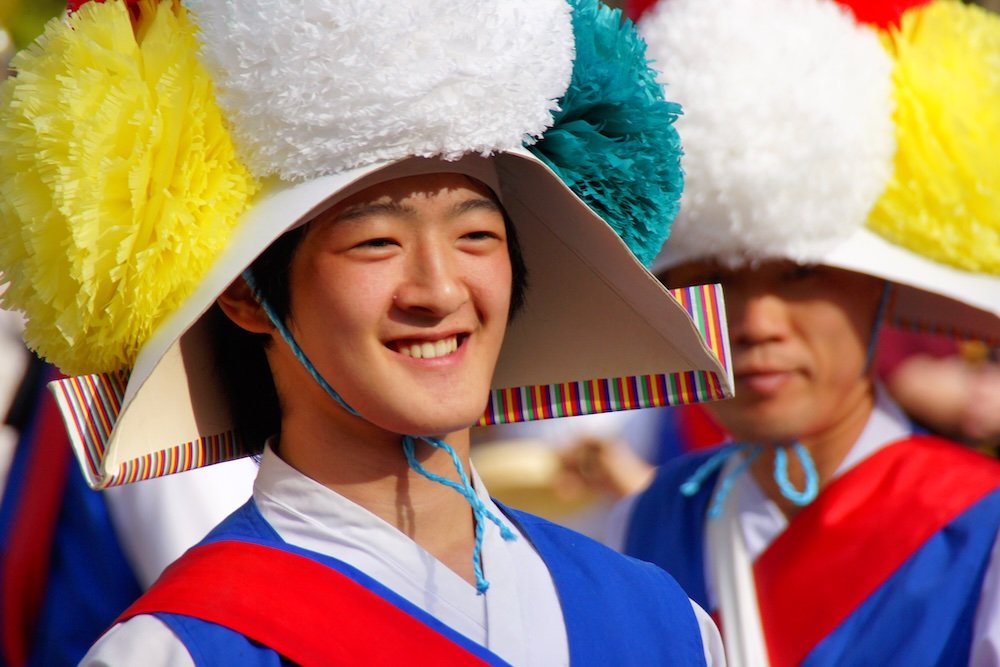
- Proximity to Seoul: Easily accessible from the capital, making it perfect for day trips.
- Cultural Experiences: Offers a glimpse into traditional Korean life.
- Family-Friendly Attractions: Plenty of activities suitable for all ages.
source: Nomadic Samuel and That Backpacker via Samuel and Audrey on YouTube
Tip: Consider purchasing a Korea Tour Card for discounts on transportation and attractions throughout Yongin and beyond.
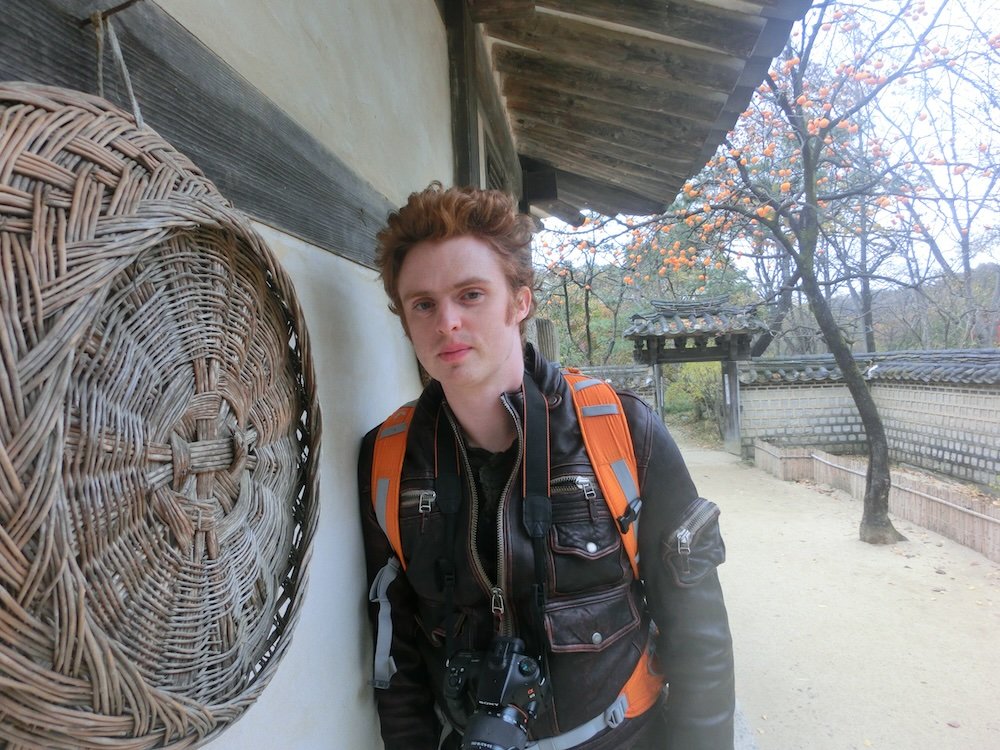
Top 20 Things To Do in Yongin, Korea For Visitors
Here are some of the best things to do in Yongin:
1. Thrill at Everland Resort
Embark on an adventure at Everland Resort, South Korea’s largest and most popular theme park. Spanning over 3,700,000 square meters, Everland offers an array of attractions that cater to all ages and interests. The park is divided into five themed zones: Global Fair, American Adventure, Magic Land, European Adventure, and Zootopia.
In the Global Fair, you’ll find shops and restaurants offering international cuisine and souvenirs. American Adventure transports you to the Wild West with thrilling rides and rock ‘n’ roll vibes. Magic Land is perfect for families, featuring fairy-tale castles and gentle rides. European Adventure captivates with its beautiful gardens, architecture, and the famous T-Express, one of the world’s steepest wooden roller coasters. Lastly, Zootopia is a haven for animal lovers, housing a safari where you can see lions, tigers, and bears up close.
- T-Express: Challenge yourself on this record-breaking wooden roller coaster with a 77-degree drop.
- Safari World: Take a bus tour through habitats of wild animals, observing them in a naturalistic environment.
- Seasonal Festivals: Experience events like the Tulip Festival in spring, Summer Splash, Halloween Festival, and Christmas Fantasy during winter.
Tip: Buy tickets online in advance to skip the lines and take advantage of early bird discounts. Consider visiting on weekdays to avoid larger weekend crowds.

2. Explore the Korean Folk Village
Step back into the Joseon Dynasty at the Korean Folk Village, a living museum that authentically recreates traditional Korean life. Spread across 243 acres, the village features over 260 restored hanok (traditional Korean houses) relocated from various regions.
source: Nomadic Samuel + That Backpacker on Samuel and Audrey YouTube channel
As you wander through the village, you’ll witness artisans practicing traditional crafts like pottery, blacksmithing, and weaving. Daily cultural performances, including tightrope walking, equestrian feats, and traditional dances, bring the history to life.
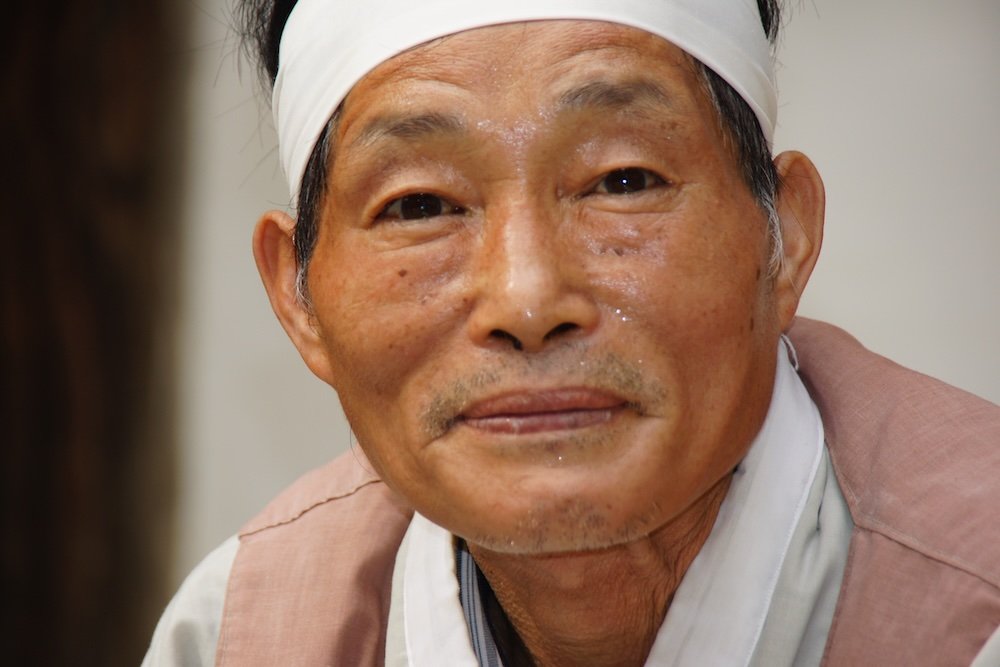
- Traditional Houses: Explore different types of hanok, from peasant homes to noblemen’s residences.
- Cultural Performances: Don’t miss the farmer’s music and dance (nongak), mask dance dramas, and seungmu (monk’s dance).
- Handicraft Workshops: Participate in hands-on activities like making hanji (traditional Korean paper) or crafting tal (Korean masks).
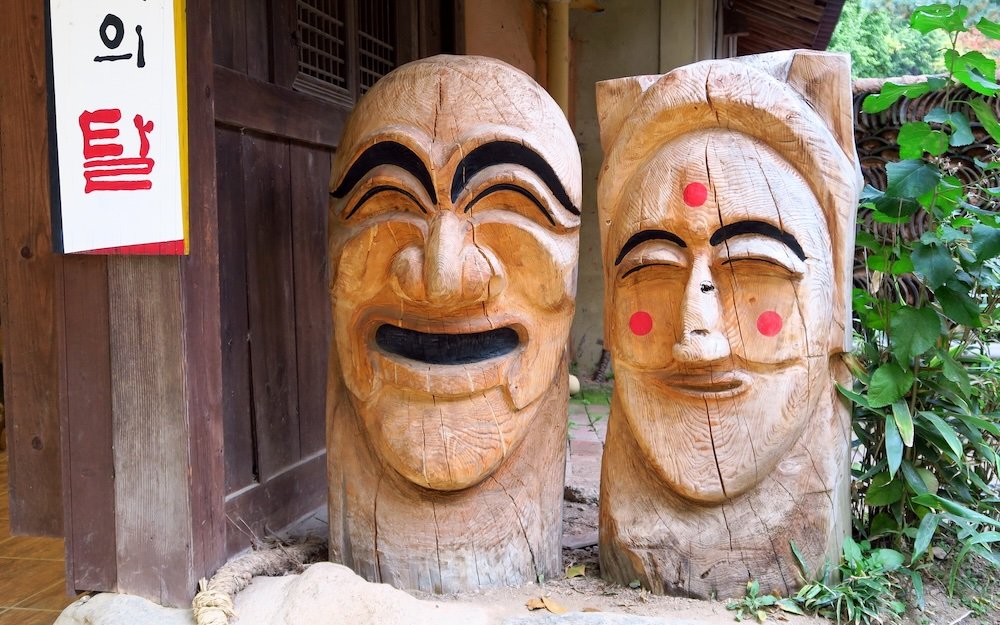
Tip: Wear comfortable shoes, as the village is expansive and features uneven surfaces. Check the performance schedule upon arrival to plan your day accordingly.
3. Visit Wawoojeongsa Temple
Find inner peace at Wawoojeongsa Temple, a Buddhist sanctuary renowned for its colossal statues and tranquil atmosphere. Founded in 1970 by Buddhist monk Haewol, the temple was established as a place of prayer for the reunification of Korea.
The temple grounds are adorned with thousands of Buddha statues, ranging from small stone carvings to monumental figures. The most notable include an 8-meter-tall stone Buddha and one of the world’s largest wooden reclining Buddhas, measuring 3 meters high and 12 meters long.
- Stone Buddha: Marvel at the grandeur of the towering stone Buddha, a symbol of enlightenment.
- Reclining Buddha: Witness the serene expression of the massive wooden Buddha, representing the moment of entering Nirvana.
- Scenic Grounds: Stroll through the beautifully landscaped gardens, featuring lotus ponds, pagodas, and peaceful walking paths.
Tip: Dress modestly out of respect for the sacred space. Photography is allowed, but avoid disturbing worshippers. Visiting during early morning or late afternoon offers a more serene experience.
4. Discover Gyeonggi Children’s Museum
Perfect for families, the Gyeonggi Children’s Museum is South Korea’s first museum dedicated entirely to children. The museum emphasizes interactive learning, encouraging kids to explore exhibits through touch and play.
Exhibits cover a range of topics, including science, ecology, culture, and art. Children can learn about environmental conservation in the “Eco Atelier,” explore global cultures in the “World Village,” or delve into creative arts in the “Art Studio.”
- Hands-On Exhibits: Over 10 themed areas where kids can engage in educational play.
- Outdoor Playground: A safe, fun space with climbing structures, slides, and sandboxes.
- Workshops: Scheduled programs offer activities like storytelling, science experiments, and crafts.
Tip: The museum is popular on weekends and holidays, so consider visiting on weekdays. Check the website for any special events or temporary exhibits during your visit.
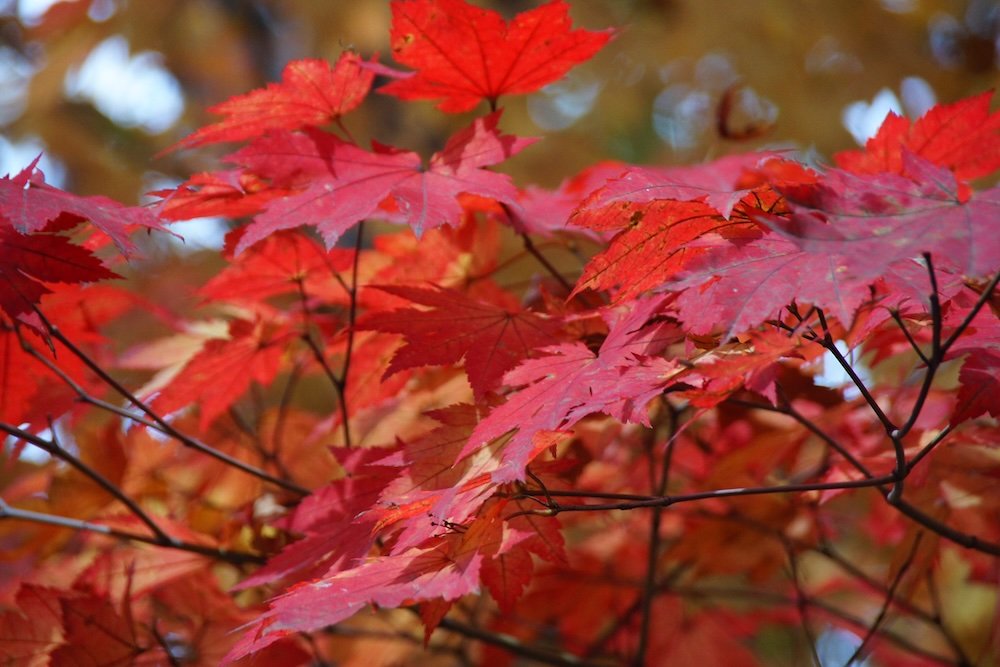
5. Hike at Yongin Recreational Forest
Escape the urban hustle at the Yongin Recreational Forest, a natural sanctuary offering hiking trails, picnic areas, and cabins. The forest spans over 1,000 hectares, providing ample space for outdoor activities and relaxation.
The trails vary in difficulty, catering to casual walkers and experienced hikers alike. As you explore, you’ll encounter diverse flora and fauna, including wildflowers, pine trees, squirrels, and birds. The forest is particularly enchanting during spring when cherry blossoms bloom, and in autumn when the leaves turn vibrant shades of red and gold.
- Scenic Trails: Choose from several routes, some leading to panoramic viewpoints overlooking the city.
- Picnic Areas: Designated spots equipped with tables and shelters for family gatherings or quiet lunches.
- Wildlife Viewing: Bring binoculars to spot birds and small animals in their natural habitat.
Tip: Pack insect repellent, sunscreen, and sufficient water. Wear sturdy footwear suitable for uneven terrain, and consider starting early in the day to avoid afternoon heat.
6. Experience Caribbean Bay
Cool off at Caribbean Bay, the largest indoor and outdoor water park in South Korea, located adjacent to Everland Resort. Designed to mimic a Caribbean paradise, the park offers attractions for both thrill-seekers and those looking to relax.
Highlights include the Wave Pool, generating waves up to 2.4 meters high, and the Wild River, featuring rapids and waterfalls. For adrenaline junkies, the Mega Storm slide offers a heart-pounding drop, spirals, and a zero-gravity zone.
- Wave Pool: Experience the excitement of ocean waves in a controlled environment.
- Water Slides: Choose from a variety of slides, including tube slides, body slides, and the thrilling Mega Storm.
- Relaxation Zones: Unwind in spa pools, the lazy river, or sunbathe on the artificial beach.
Tip: Visit on weekdays to avoid peak crowds. Lockers and life jackets are available for rent. Remember to bring swimwear that complies with park regulations (no loose clothing or accessories).
7. Tour Samsung Transportation Museum
Delve into the evolution of transportation at the Samsung Transportation Museum, Korea’s first automobile museum. Established by the Samsung Foundation, the museum houses over 120 vehicles, from vintage cars to modern innovations.
Exhibits are thoughtfully arranged to illustrate the history and impact of transportation on society. Highlights include antique cars from the early 20th century, classic motorcycles, and interactive displays explaining automotive mechanics.
- Vintage Cars: Admire rare models like the 1910 Ford Model T and the 1955 Mercedes-Benz 300SL.
- Interactive Displays: Learn how engines work and explore future transportation concepts.
- Children’s Programs: Educational activities and a driving simulator designed for younger visitors.
Tip: Photography is permitted, so bring your camera. The museum also has a café and gift shop selling automotive-themed souvenirs. Allocate at least two hours for your visit to fully enjoy the exhibits.
8. Visit Hoam Art Museum
Immerse yourself in art and nature at the Hoam Art Museum, founded by the late Lee Byung-chul, the founder of Samsung Group. The museum boasts a collection of over 15,000 works, including traditional Korean paintings, ceramics, Buddhist art, and calligraphy.
The museum’s architecture harmoniously blends with its surroundings, and the adjacent Hee Won Garden is a masterpiece of Korean landscaping. The garden features ponds, pavilions, stone bridges, and seasonal flora, offering a serene retreat.
- Art Collections: View masterpieces like Goryeo celadon ceramics and Joseon Dynasty paintings.
- Hee Won Garden: Stroll through the meticulously designed garden, capturing the essence of natural beauty.
- Cultural Events: Attend special exhibitions, lectures, and traditional music performances.
Tip: Combined tickets for Hoam Art Museum and Everland are sometimes available, providing a cost-effective way to visit both attractions. Check the museum’s schedule for any temporary exhibits or events during your visit.
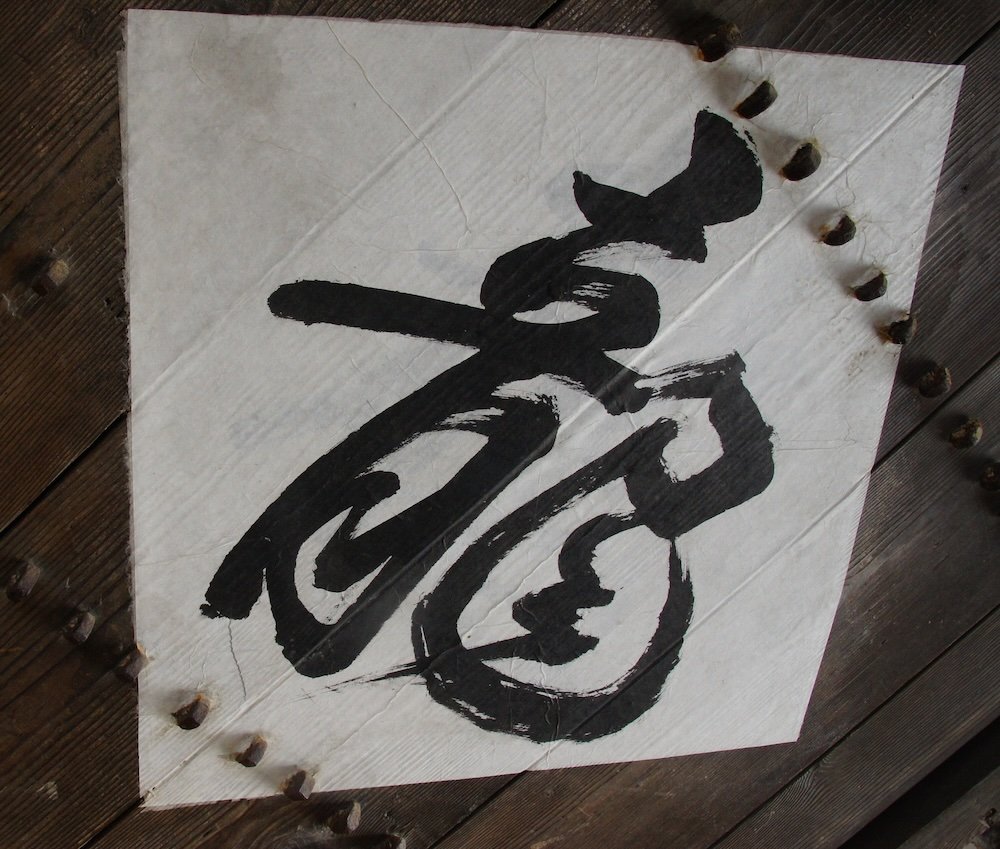
9. Explore Nam June Paik Art Center
Discover the world of contemporary and media art at the Nam June Paik Art Center, dedicated to the life and work of Nam June Paik, a pioneer of video art. The center serves as a hub for experimental art, pushing the boundaries of traditional media.
Exhibits showcase Paik’s influential works, including video installations, sculptures, and interactive pieces. The center also features works by other contemporary artists, fostering a dialogue between past and present.
- Interactive Exhibits: Engage with multimedia installations that challenge perceptions.
- Educational Programs: Participate in workshops, seminars, and guided tours that deepen understanding of modern art.
- Special Exhibitions: Regularly rotating displays ensure a fresh experience with each visit.
Tip: Allocate ample time to fully engage with the interactive exhibits. The center often hosts festivals and events, so check the calendar to enhance your visit.
10. Visit the Korean Deung-Jan Museum
Illuminate your knowledge at the Korean Deung-Jan Museum, dedicated to the art and history of traditional Korean lanterns. The museum offers a unique insight into how lighting has evolved in Korean culture, from ancient oil lamps to modern electric lights.
Exhibits display a wide array of lanterns, including intricately designed cheongsachorong (traditional red and blue lanterns) used in ceremonies, and lotus lanterns associated with Buddhist traditions.
- Lantern Displays: Admire the craftsmanship of historical and contemporary lanterns.
- Cultural Insight: Learn about the significance of lanterns in festivals like Yeondeunghoe (Lotus Lantern Festival).
- Craft Workshops: Create your own lantern in hands-on sessions, making for a memorable souvenir.
Tip: The museum is a great indoor activity, ideal for rainy days. Workshops may require prior booking, so contact the museum ahead of your visit.
11. Enjoy the Yongin Agricultural Theme Park
Experience rural life at the Yongin Agricultural Theme Park, an interactive farm that educates visitors about agriculture and sustainability. The park offers hands-on activities suitable for all ages, making it a delightful family outing.
Visitors can participate in farming activities like planting rice, harvesting vegetables, or feeding livestock. Seasonal festivals celebrate the agricultural calendar, offering experiences like strawberry picking in spring or rice harvesting in autumn.
- Farming Activities: Engage in traditional farming practices under the guidance of local farmers.
- Animal Interaction: Meet farm animals such as cows, goats, rabbits, and chickens.
- Educational Exhibits: Learn about organic farming, renewable energy, and environmental conservation.
Tip: Wear comfortable clothing and shoes suitable for outdoor activities. Check the park’s schedule for seasonal events and consider booking in advance during peak times.
12. Visit the Jukjeon Cafe Street
Indulge in a leisurely afternoon at Jukjeon Cafe Street, a charming area lined with unique cafes, boutiques, and galleries. Located near Dankook University, the street exudes a youthful and artistic vibe.
Each café offers its own theme and specialty, from art-inspired spaces to book cafes and dessert-focused establishments. It’s an ideal spot to relax, enjoy a cup of coffee, and people-watch.
- Diverse Cafes: Explore a variety of settings, each with its own ambiance and menu offerings.
- Boutique Shopping: Browse local shops selling handmade crafts, fashion items, and quirky gifts.
- Art Galleries: Visit small galleries showcasing works by local artists and students.
Tip: Some cafes offer discounts to students, so bring your ID if applicable. Weekdays are quieter, providing a more relaxed atmosphere.
13. Explore the Yangji Pine Ski Resort
Hit the slopes at Yangji Pine Ski Resort, a year-round recreational facility offering skiing and snowboarding in winter, and hiking and golf in warmer months. Located in the scenic Dokjosan Mountain area, the resort provides a refreshing retreat.
In winter, the resort features multiple ski trails catering to beginners and advanced skiers. Snowboard parks and night skiing add to the excitement. During other seasons, the mountain’s natural beauty offers opportunities for hiking and outdoor activities.
- Ski and Snowboard: Rent equipment and take lessons if needed. Trails are well-maintained and safety measures are in place.
- Year-Round Activities: Enjoy golfing, tennis, and mountain biking when the snow melts.
- Accommodation: Stay overnight at the resort’s hotel or nearby lodgings for a complete experience.
Tip: Book accommodations and ski rentals in advance during peak winter season. Check weather conditions and trail statuses before heading out.
14. Visit Everland Speedway
Feel the adrenaline rush at Everland Speedway, South Korea’s first racing track open to the public. Located within the Everland Resort complex, the speedway offers thrilling experiences for motorsport enthusiasts.
Visitors can drive go-karts or participate in driving programs using real sports cars under professional supervision. The facility also hosts various motorsport events, including races and exhibitions.
- Go-Karting: Suitable for all ages, providing a fun and competitive activity.
- Driving Experiences: Get behind the wheel of high-performance vehicles in controlled environments.
- Motorsport Events: Attend races or car shows featuring domestic and international participants.
Tip: Driving programs may require reservations and certain qualifications like a valid driver’s license. Wear comfortable clothing and adhere to safety guidelines provided.
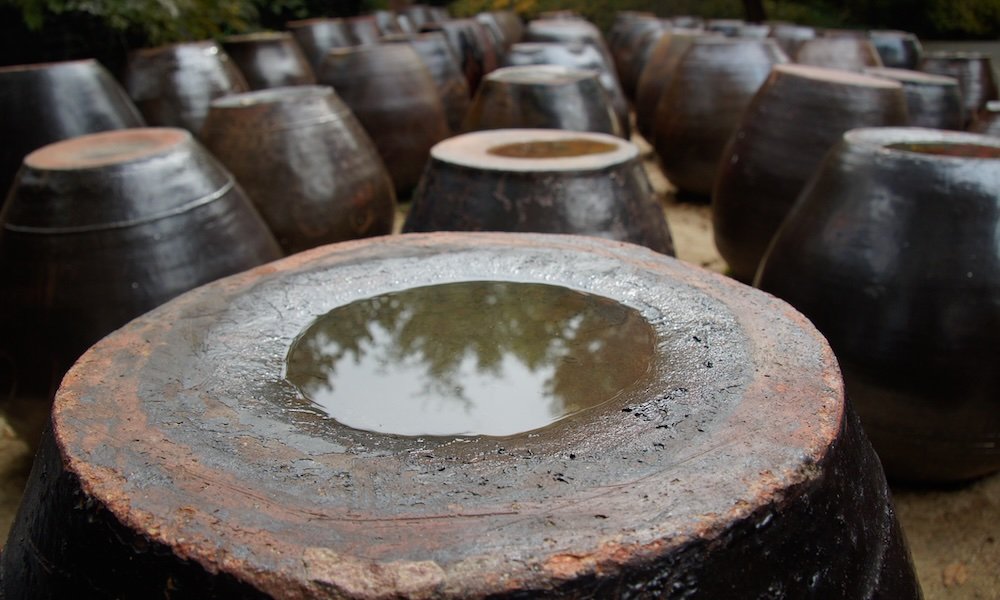
15. Explore the Korean Folk Art Village
Adjacent to the Korean Folk Village, the Korean Folk Art Village is a hub for traditional Korean arts and crafts. The village showcases artisans at work, providing insight into techniques passed down through generations.
You can observe the creation of hanji paper, pottery, wood carving, and traditional painting. Many artisans offer workshops where you can try your hand at crafting your own piece of art.
- Artisan Workshops: Participate in hands-on sessions to create pottery, paper crafts, or calligraphy.
- Art Galleries: View and purchase artworks ranging from paintings to handcrafted jewelry.
- Cultural Performances: Enjoy traditional music and dance performances that highlight Korea’s artistic heritage.
Tip: Support local artists by purchasing their creations. Workshops may have fees and require reservations, so plan accordingly.
16. Visit the Yongin Daejanggeum Park (MBC Dramia)
Step into the world of Korean historical dramas at Yongin Daejanggeum Park, also known as MBC Dramia. This outdoor film set is where many popular Korean TV series and movies are filmed, including “Dae Jang Geum” and “Moon Embracing the Sun.”
The park features meticulously reconstructed palaces, noblemen’s houses, and traditional villages, offering an immersive experience. Visitors can dress in period costumes and reenact scenes, making for memorable photos.
- Film Sets: Explore authentic sets used in historical dramas.
- Costume Rentals: Dress up in traditional attire for a fun and immersive experience.
- Behind-the-Scenes Tours: Learn about the filmmaking process and perhaps catch a live shoot.
Tip: Check the filming schedule in advance; certain areas may be restricted during active shoots. Guided tours are available and enhance the experience with detailed narratives.
17. Enjoy Nature at the Gugal Recreation Forest
Reconnect with nature at the Gugal Recreation Forest, a lesser-known gem offering tranquility away from the crowds. The forest provides hiking trails, camping facilities, and picnic areas amid lush greenery.
The serene environment is perfect for meditation, yoga, or simply unwinding. The trails vary in length and difficulty, allowing you to choose a route that suits your preference.
- Hiking Trails: Explore paths that lead to scenic viewpoints and natural springs.
- Camping Sites: Stay overnight in designated camping areas equipped with basic amenities.
- Flora and Fauna: Observe diverse plant species and wildlife native to the region.
Tip: Facilities are minimal, so bring necessary supplies like food, water, and camping gear. Always follow the “leave no trace” principles to preserve the environment.
18. Visit the Yongin City Museum
Gain insights into the local history at the Yongin City Museum, which chronicles the city’s development from ancient times to the present. The museum features artifacts, photographs, and interactive exhibits.
Exhibits cover various themes, including prehistoric settlements, the impact of the Joseon Dynasty, and modern urbanization. Special sections highlight traditional crafts, folk customs, and the city’s cultural achievements.
- Historical Exhibits: See archaeological findings and relics that tell Yongin’s story.
- Interactive Displays: Engage with multimedia presentations that make learning enjoyable.
- Educational Programs: Participate in lectures, workshops, and guided tours.
Tip: The museum is a great starting point to understand the context of other attractions in Yongin. English descriptions may be limited, so consider hiring a guide if language is a concern.
19. Experience the Yongin Art Center
Immerse yourself in the performing arts at the Yongin Art Center, a premier venue hosting concerts, theater productions, and cultural events. The center features state-of-the-art facilities, including a grand theater and exhibition halls.
The program lineup includes classical music concerts, ballet performances, contemporary plays, and traditional Korean arts. The center also supports local artists by providing a platform for emerging talent.
- Performances: Enjoy high-quality shows ranging from international acts to local productions.
- Art Exhibitions: Visit galleries showcasing visual arts, photography, and installations.
- Cultural Events: Attend festivals and special events that celebrate arts and culture.
Tip: Check the event schedule in advance and book tickets early for popular shows. Some performances offer discounted tickets for students and seniors.
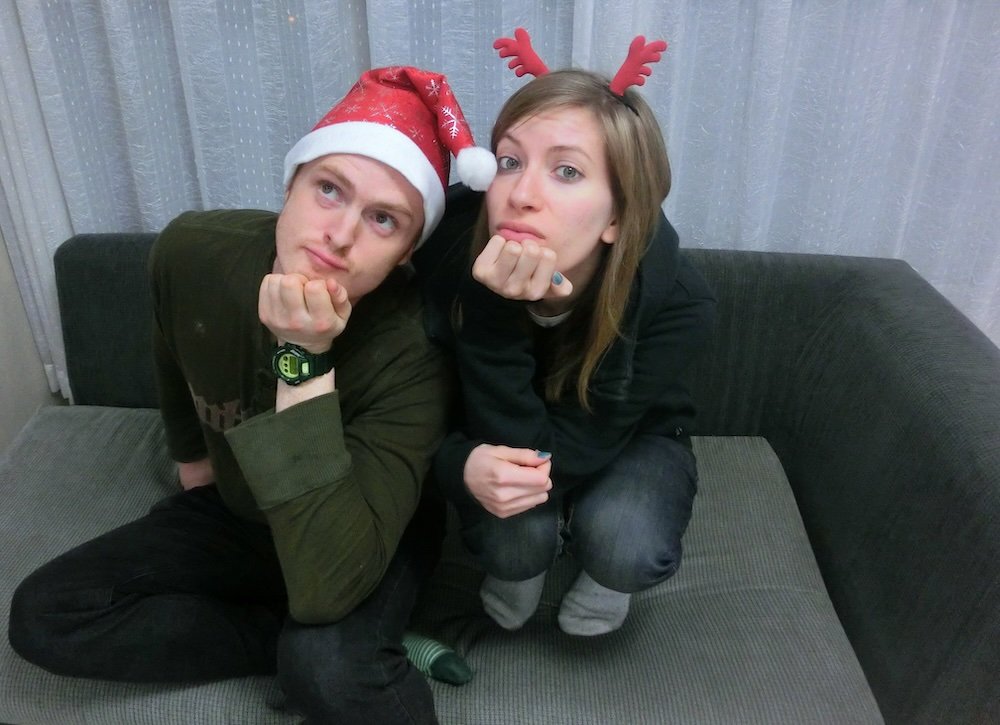
20. Shop at the Lotte Premium Outlets
Indulge in retail therapy at the Lotte Premium Outlets, a shopping complex offering a wide range of local and international brands at discounted prices. The outlet mall features over 200 stores, restaurants, and entertainment facilities.
Whether you’re looking for fashion, accessories, home goods, or cosmetics, the outlets provide a diverse selection. The open-air design creates a pleasant shopping environment, and seasonal sales offer additional savings.
- Brand Variety: Shop from luxury brands like Coach, Michael Kors, and domestic favorites like Beanpole.
- Dining Options: Take a break at cafes, food courts, or restaurants offering Korean and global cuisines.
- Family-Friendly: Facilities include play areas for children and comfortable seating for rest.
Tip: Bring your passport to take advantage of tax-free shopping for tourists. Visit on weekdays to avoid weekend crowds and enjoy a more relaxed shopping experience.
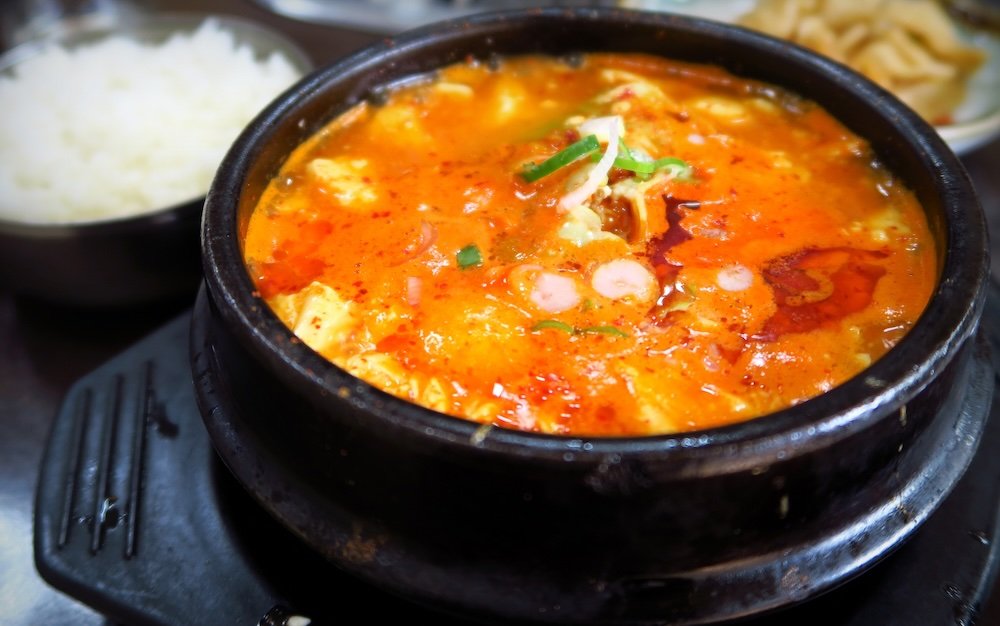
What To Eat and Drink in Yongin, South Korea
Savor Local Delicacies
Yongin’s culinary scene is a delightful fusion of traditional Korean flavors and modern gastronomic trends. From hearty stews to sweet desserts, the city offers a range of dishes that cater to all palates.
Yongin Barbecue Restaurants
No visit to Korea is complete without experiencing Korean BBQ, and Yongin boasts numerous establishments specializing in this communal dining tradition.
- Quality Meat: Savor tender cuts of beef (galbi) and pork (samgyeopsal), often marinated in savory sauces.
- Side Dishes: Accompanied by a variety of banchan, including kimchi, pickled radishes, and seasoned vegetables.
- Interactive Dining: Grill the meat at your table, engaging in a social and interactive meal.
Tip: Pair your BBQ with traditional drinks like soju or makgeolli (rice wine) for an authentic experience. Remember to pace yourself, as meals can be lengthy and filling.
Traditional Korean Tea Houses
Relax in a dabang, or traditional tea house, where you can unwind in a serene setting while enjoying a variety of teas and light snacks.
- Variety of Teas: Choose from green tea (nokcha), roasted barley tea (boricha), or herbal infusions like yuja-cha (citron tea).
- Calming Atmosphere: Many tea houses feature traditional decor, floor seating on ondol (heated floors), and garden views.
- Local Snacks: Complement your tea with tteok (rice cakes), honey cookies (yakgwa), or patbingsu (shaved ice dessert in summer).
Tip: Some tea houses offer tea ceremonies or tastings. Remove your shoes if required, and enjoy the tranquility these spaces provide.
Street Food Delights
Explore the bustling markets and street stalls to sample a variety of Korean street foods that are both delicious and affordable.
- Hotteok: Sweet pancakes filled with brown sugar, cinnamon, and nuts, perfect for a quick snack.
- Tteokbokki: Spicy rice cakes simmered in a chili sauce, offering a satisfying kick.
- Gimbap: Seaweed rice rolls filled with vegetables, eggs, and sometimes meat, ideal for eating on the go.
Tip: Street food vendors usually accept cash only, so keep small bills handy. Don’t hesitate to try new items; vendors are often friendly and may offer samples.
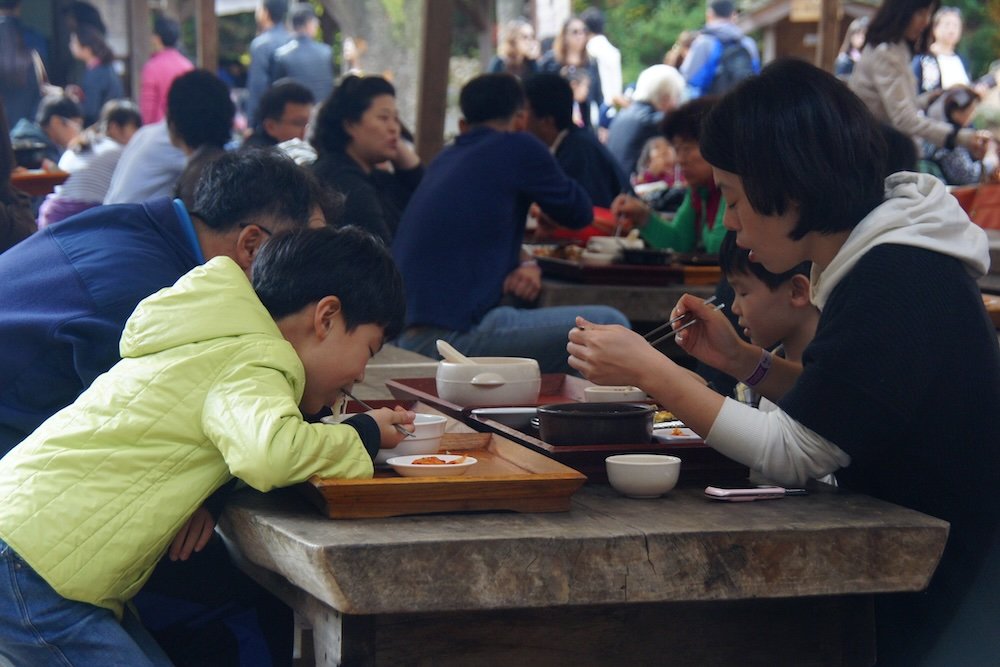
Local Specialties
Try Yongin’s regional dishes that showcase local ingredients and culinary traditions.
- Cheonggukjang: A fermented soybean stew known for its strong flavor and health benefits.
- Baekam Sundae: A type of blood sausage made with sweet potato noodles and various fillings.
- Seasonal Produce: Enjoy fresh fruits like strawberries in spring and pears in autumn, often available at local farms and markets.
Tip: If you’re unsure about a dish’s ingredients due to dietary restrictions, don’t hesitate to ask the staff. Many restaurants have English menus or picture menus to assist.
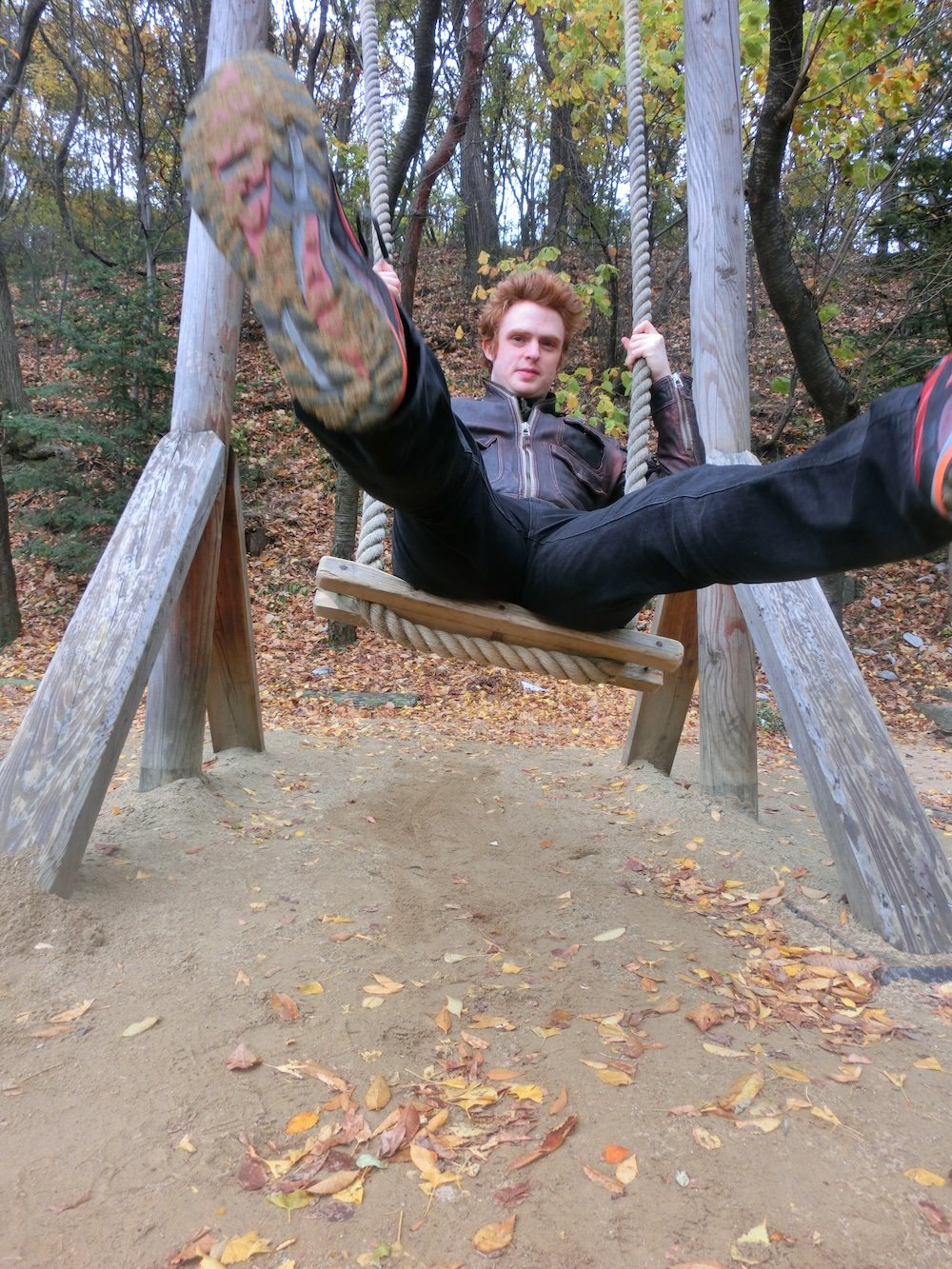
Tours For Visitors To Yongin, Korea
Enhance Your Experience with Guided Tours
Participating in guided tours can enrich your visit to Yongin by providing deeper insights and convenient access to attractions.
Everland VIP Tour
Maximize your time at Everland with a VIP Tour, offering personalized experiences and exclusive benefits.
- Priority Access: Skip the lines on popular rides, saving time and reducing wait periods.
- Guided Experience: Benefit from the expertise of a guide who can tailor the itinerary to your interests.
- Exclusive Access: Enjoy behind-the-scenes looks or reserved seating at shows and parades.
Tip: VIP Tours are popular and limited in availability. Book well in advance through Everland’s official website or authorized tour operators.
source: That Backpacker and Nomadic Samuel teaming up on Samuel and Audrey YouTube channel
Cultural Heritage Tours
Explore Yongin’s rich history and traditions with a knowledgeable guide.
- Temple Visits: Guided tours of Wawoojeongsa Temple provide insights into Buddhist practices and symbolism.
- Folk Village Exploration: Delve deeper into Korean history at the Korean Folk Village, with explanations of architectural styles and customs.
- Artisan Workshops: Participate in craft-making sessions, learning directly from local artisans.
Tip: Choose tours that offer language options suitable for you. Wear comfortable clothing and shoes, as tours often involve significant walking.
Culinary Tours
Discover Yongin’s food scene with guided culinary experiences.
- Market Visits: Navigate local markets with a guide who can introduce you to unique ingredients and street foods.
- Cooking Classes: Learn to prepare traditional dishes like bibimbap or kimchi under the guidance of professional chefs.
- Food Tastings: Sample a variety of dishes at selected restaurants, with explanations of their origins and preparation.
Tip: Inform the tour operator of any dietary restrictions or allergies in advance. Be open to trying new flavors and dishes!
Nature and Adventure Tours
Experience Yongin’s natural beauty and outdoor activities with expert guidance.
- Hiking Excursions: Explore trails in the Yongin Recreational Forest or Gugal Recreation Forest, learning about local flora and fauna.
- Skiing and Snowboarding: Join group lessons or guided sessions at Yangji Pine Ski Resort.
- Photography Tours: Capture scenic landscapes and cultural landmarks with tips from professional photographers.
Tip: Check the difficulty level of activities to ensure they match your fitness and experience. Always follow safety instructions provided by guides.
source: That Backpacker + Nomadic Samuel: Samuel and Audrey on YouTube
Yongin Accommodations Guide: Hotels, Guesthouses, and Hostels
Find Your Perfect Stay
Yongin offers a variety of accommodations to suit different budgets and preferences, ensuring a comfortable base for your adventures.
Luxury Hotels
Indulge in upscale amenities and exceptional service at Yongin’s premier hotels.
- Golden Tulip Ever Yongin Hotel: Located near Everland, offering modern rooms, fitness facilities, and an on-site restaurant serving international cuisine.
- Ramada Yongin Hotel: Features spacious rooms with contemporary decor, a rooftop terrace, and proximity to major attractions.
- Hotel Thesoom Forest: Nestled in natural surroundings, this hotel provides a tranquil retreat with amenities like a spa, outdoor pool, and fine dining options.
Tip: For the best rates, book directly through the hotel’s official website or reputable booking platforms. Look out for special packages that include attraction tickets or dining credits.
Mid-Range Hotels
Enjoy comfort and convenience without overspending at these well-regarded establishments.
- Yongin Central CO’OP Hotel: Offers clean, modern rooms with essential amenities, and is conveniently located near public transportation.
- Ischia Hotel: Provides cozy accommodations with friendly service, including free Wi-Fi and complimentary breakfast.
- M7 Tourist Hotel: Features comfortable rooms and is situated close to shopping areas and restaurants.
Tip: Mid-range hotels may offer discounts for extended stays or early bookings. Read recent reviews to ensure the accommodation meets your expectations.
Budget Options: Guesthouses and Hostels
Ideal for budget-conscious travelers or those seeking a more social atmosphere.
- Yongin Guest House: A homely setting offering private rooms and shared facilities, with a communal kitchen and lounge.
- Nine Hotel: Provides basic but comfortable rooms at affordable rates, with easy access to public transportation.
- Hostel Jukjeon: Offers dormitory and private rooms, communal spaces, and opportunities to meet fellow travelers.
Tip: Book in advance during peak seasons to secure availability. Check if the accommodation offers amenities important to you, such as Wi-Fi, air conditioning, or breakfast.
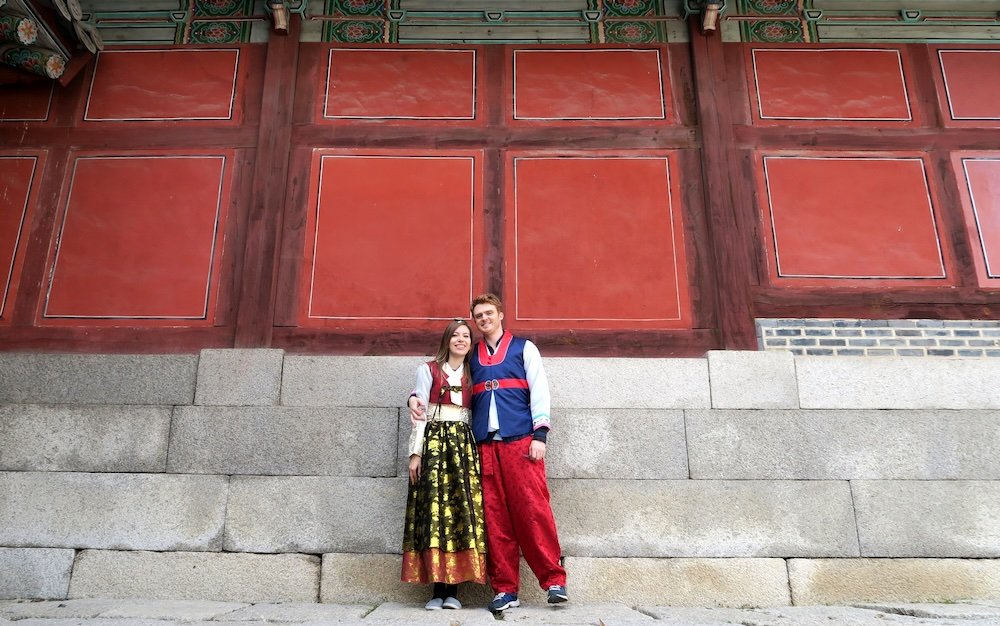
Day Trips From Yongin, South Korea
Explore Beyond the City
Yongin’s strategic location makes it an excellent base for day trips to nearby attractions, allowing you to experience more of South Korea’s diverse offerings.
Seoul Exploration
Just an hour’s journey away, Seoul offers a plethora of experiences that complement your Yongin adventure.
- Gyeongbokgung Palace: Explore the grandest of Seoul’s Five Grand Palaces, witnessing the changing of the guard ceremony.
- Myeongdong: Shop till you drop in one of Seoul’s busiest districts, known for fashion boutiques and street food.
- N Seoul Tower: Ride the cable car to enjoy panoramic views of the city skyline, especially enchanting at night.
Tip: Use the Seoul Subway system for efficient travel. Consider purchasing a Discover Seoul Pass for combined transportation and attraction access.
Suwon and Hwaseong Fortress
Visit the historic city of Suwon, approximately 30 minutes from Yongin, to explore the UNESCO-listed Hwaseong Fortress.
- Fortress Wall: Walk along the well-preserved walls, offering views of the city and surrounding landscapes.
- Hwaseong Haenggung Palace: Discover the temporary palace used by King Jeongjo during visits to his father’s tomb.
- Cultural Performances: Watch traditional archery demonstrations and martial arts performances.
Tip: Rent an audio guide or join a guided tour for in-depth historical context. Wear comfortable shoes, as the fortress grounds are extensive.
Korean Folk Village Nighttime Experience
Extend your visit to the Korean Folk Village into the evening to enjoy nighttime performances and illuminations.
- Evening Performances: Experience traditional music and dance under the stars.
- Lantern Displays: Admire the village illuminated with lanterns, creating a magical atmosphere.
- Night Markets: Sample street foods and shop for handicrafts in a festive setting.
Tip: Check the village’s schedule, as nighttime events may be seasonal or limited to weekends. Dress warmly during cooler months.
DMZ Tour
Embark on a guided tour to the Demilitarized Zone (DMZ), the border between North and South Korea, for a unique and insightful experience.
- Third Infiltration Tunnel: Explore one of the tunnels dug by North Korea, discovered in 1978.
- Dora Observatory: View North Korean territory from a safe vantage point.
- Joint Security Area (JSA): Visit Panmunjom, where negotiations between the two Koreas take place.
Tip: Tours require advance booking and passport information due to security protocols. Dress conservatively and follow all guidelines provided by tour operators.
source: That Backpacker teaming up with Nomadic Samuel: Samuel and Audrey YT channel
Yongin Transportation Guide
Getting Around with Ease
Navigating Yongin and its surroundings is straightforward, thanks to an efficient transportation network connecting you to major attractions and neighboring cities.
By Bus
Buses are a primary mode of public transportation in Yongin, offering extensive routes throughout the city.
- Local Buses: Connect key locations, including tourist attractions, shopping areas, and residential neighborhoods.
- Intercity Buses: Provide access to Seoul, Suwon, and other cities, departing from terminals like Yongin Bus Terminal and Jukjeon Bus Terminal.
- Affordable: Bus fares are economical, making it a budget-friendly option.
Tip: Use a T-money card for convenient, cashless payment. Bus routes and schedules can be checked using apps like KakaoMap or NAVER Map.
By Subway
Yongin is serviced by parts of the Seoul Metropolitan Subway system, particularly the Bundang Line.
- Connectivity: The Bundang Line links Yongin to Seoul and Suwon, with stops at key stations like Jukjeon and Bojeong.
- Efficient: Subways are punctual, frequent, and avoid traffic congestion.
- Clean and Safe: Stations and trains are well-maintained, with clear signage in Korean and English.
Tip: Download a subway map app for easy navigation. During peak hours, trains can be crowded, so plan your travel times accordingly.
By Taxi
Taxis offer convenience and flexibility, especially for destinations not easily accessible by public transport.
- Availability: Taxis can be hailed on the street, found at designated stands, or booked via apps like Kakao Taxi.
- Fares: Meters start at a base rate, with additional charges based on distance and time. Fares are generally reasonable.
- Types of Taxis: Standard (silver or white) and deluxe taxis (black with a yellow sign) offer different levels of service and fare rates.
Tip: Have your destination written in Korean to show the driver, as language barriers may exist. Tipping is not customary in Korea.
By Car
Renting a car provides flexibility for exploring Yongin and making day trips.
- Rental Agencies: Available at major transportation hubs and in city centers, offering a range of vehicles.
- Requirements: An International Driving Permit (IDP) and a valid driver’s license from your home country are necessary.
- Navigation: GPS units may be provided but are often in Korean. Smartphone apps like Google Maps or KakaoMap can assist.
Tip: Traffic can be heavy during peak hours, and parking near popular attractions may be limited. Familiarize yourself with local traffic laws and parking regulations.
By Bicycle
Enjoy a leisurely exploration of Yongin on two wheels.
- Rental Services: Public bike-sharing systems and private rentals are available in certain areas.
- Bike Paths: Dedicated lanes along rivers and parks offer safe cycling routes.
- Eco-Friendly: Cycling is a sustainable way to travel short distances.
Tip: Always wear a helmet and adhere to traffic rules. Be cautious when cycling in areas with heavy pedestrian traffic.
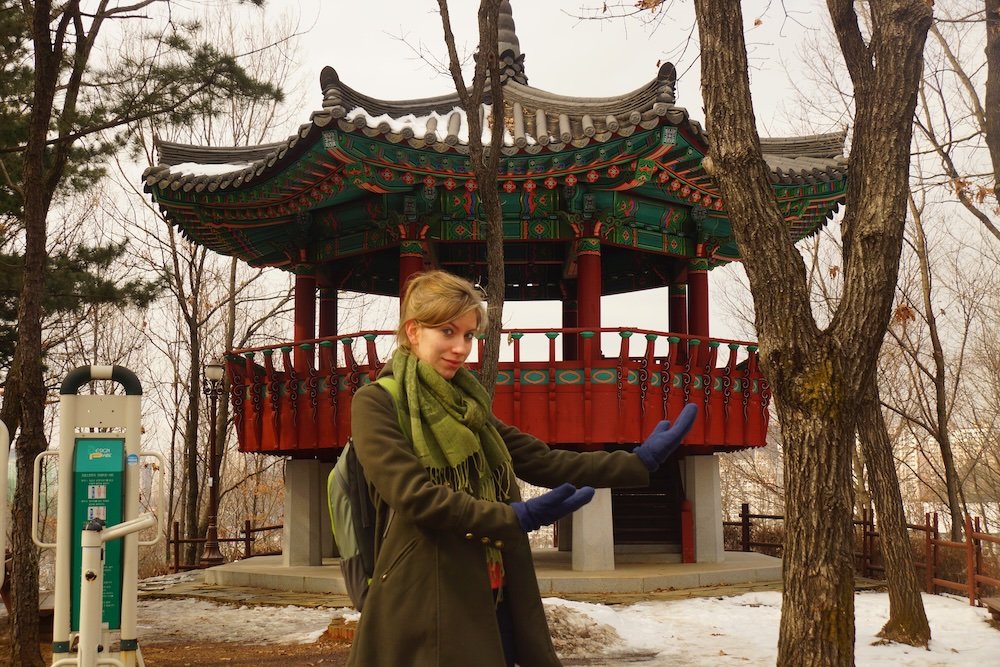
Yongin Travel Questions Answered: Practical Tips, Local Advice & First-Time Visitor FAQ
How many days do you really need in Yongin for a first visit?
It depends. If you’re just popping down from Seoul to ride the coasters at Everland or splash around Caribbean Bay, you can technically get away with a long day trip. But if you actually want to mix theme parks, Korean Folk Village, a temple like Wawoojeongsa, some nature, and a bit of Yongin food culture, I’d aim for 2–3 full days. Two nights lets you do one big Everland day, one cultural/nature day, and still have time for a relaxed evening in a café street or at your hotel instead of sprinting from sight to sight.
Is Yongin worth visiting if I’m already staying in Seoul?
Absolutely. Yongin is one of the easiest “change of pace” escapes from Seoul because it bundles together things the capital doesn’t do quite the same way: Korea’s biggest theme park, a proper open-air folk village, quieter forests, and some very family-friendly museums and farms. You can still base yourself in Seoul and just come down for one or two focused Yongin days, but if you love theme parks, want countryside vibes without going too far, or are traveling with kids, Yongin is a very solid add-on.
What is the best time of year to visit Yongin for weather and activities?
Generally, spring (April–May) and autumn (late September–early November) are the sweet spots. Spring gives you mild temperatures and blossoms in Yongin’s forests and parks, while autumn brings those fiery red and gold leaves you see in all the photos. Summer is hot and humid but great for Caribbean Bay and evening theme-park sessions. Winters can be cold, often near or below freezing, but that’s when Yangji Pine Ski Resort comes into its own and Everland’s Christmas lights look magical. Just match your visit to what you want most: water parks and greenery, or foliage and cozy stews.
Is Yongin a good destination for families with kids?
Yes. Yongin is basically built for families. Everland and Caribbean Bay are an easy sell for kids of all ages, the Korean Folk Village mixes shows, animals, and hands-on crafts, and places like the Gyeonggi Children’s Museum and Yongin Agricultural Theme Park are designed for curious little ones. The main things to watch are crowd levels at Everland (weekends and holidays can be intense) and nap schedules—long days with a lot of walking, sun, and stimulation add up, so plan in downtime at your hotel or a calmer park.
Should I visit Yongin as a day trip from Seoul or stay overnight?
Both can work. If you’re tight on time and just want Everland or Korean Folk Village, a long day trip from Seoul is perfectly doable using the subway + bus combo or direct buses. If you’d like to hit several attractions (Everland, Caribbean Bay, Wawoojeongsa, museums, forests) and not feel rushed, staying 1–2 nights in Yongin makes life easier. Being close to the park gates at opening, skipping long late-night rides back to Seoul, and having a quiet base after busy days are all big perks of overnighting locally.
How do I get from Seoul to Yongin using public transport?
The simplest way is to use the Seoul Metropolitan Subway plus buses. The Bundang Line connects Seoul with Yongin—stations like Jukjeon and Bojeong are common jumping-off points. From there, local buses or shuttle buses run to major attractions like Everland Resort and Korean Folk Village. Travel time is usually around 60–90 minutes door to door depending on where you start in Seoul and where you’re heading in Yongin. Download KakaoMap or NAVER Map, pop in your destination in English or Korean, and the apps will stitch together subway + bus routes for you in real time.
Do I need to rent a car to explore Yongin properly?
Nope. You don’t have to, but it can be nice. Yongin’s main sights are all accessible by a combination of subway, local buses, and the occasional taxi ride, so most visitors do fine without a car. That said, if you want to string together more remote spots like Wawoojeongsa Temple, Gugal Recreation Forest, and smaller farms or trailheads all in one day, having a rental car gives you maximum flexibility and faster travel times. Just keep in mind you’ll need an International Driving Permit, parking at big attractions can be busy on weekends, and Korean road signs come at you quickly if you’re not used to them.
How much should I budget per day in Yongin?
Roughly speaking, mid-range travelers can expect to spend around USD $80–150 per person per day, depending on how deep you go into theme parks and shopping. Everland and Caribbean Bay tickets, special tours, and outlet shopping will push your daily costs up. On the flip side, local Korean meals are still good value (you can find hearty stews and BBQ for reasonable prices), public transport is inexpensive, and mid-range hotels often bundle breakfast. If you’re traveling as a couple or family, day passes and combo tickets can sometimes shave a decent amount off the total.
Is Yongin safe for solo travelers and families?
Yes. Yongin is generally very safe, much like the rest of urban South Korea. Violent crime against visitors is rare, and even late-evening walks from the bus stop to your hotel usually feel fine. The bigger issues tend to be practical: keeping an eye on your bag in very crowded areas, protecting your phone and wallet at water parks, and being careful on slippery paths in forests or icy winter sidewalks. As long as you use common sense and follow posted safety rules at attractions, it’s a very comfortable destination for solo travelers, couples, and families.
Are there any cultural etiquette tips I should know before visiting Yongin?
Absolutely. Yongin follows the same general etiquette as the rest of Korea. At temples like Wawoojeongsa, dress modestly (cover shoulders and knees), speak softly, and avoid photographing people who are praying without permission. In restaurants, sharing dishes is normal, and clinking soju glasses with a little bow of the head shows good manners. On public transport, keep your voice low, give priority seats to the elderly or pregnant travelers, and don’t eat messy food on the subway. Small gestures like taking off your shoes when requested or handing things with two hands go a long way.
Is Yongin accessible for travelers with limited mobility?
It’s mixed. Large modern attractions like Everland, Caribbean Bay, Lotte Premium Outlets, and most big museums tend to have elevators, ramps, accessible restrooms, and rental wheelchairs. However, traditional spaces—Korean Folk Village, older temples, and hiking areas—often include uneven paving, steps, and slopes that are tricky for wheelchairs or travelers with knee issues. If accessibility is a priority, I’d build your Yongin itinerary around the more modern sites and selectively choose heritage stops that clearly mention elevators or barrier-free access on their official websites.
What should I pack for a trip to Yongin across the different seasons?
Think layers. In spring and autumn, a light jacket, comfortable walking shoes, and a compact umbrella will cover you for changeable weather. Summers are hot and humid, so breathable clothing, a hat, sunscreen, and a refillable water bottle are your best friends—plus quick-dry swimwear and sandals if you’re heading to Caribbean Bay. Winters can be chilly, especially if you’re out at night or skiing, so warm coats, gloves, and good traction shoes are important. Regardless of season, I always pack a small daypack, power bank, and a reusable tote for snacks, water, and any spontaneous market finds.
Is Yongin a good base for exploring other parts of Gyeonggi-do and nearby cities?
Yes. Yongin sits in a handy spot south of Seoul with quick access to places like Suwon (for Hwaseong Fortress), Seongnam, and, of course, Seoul itself. You can easily bounce between Yongin and these neighbors using the Bundang Line, intercity buses, or a rental car. If you like the idea of staying somewhere a bit quieter and greener than Seoul but still want day-trip options to big-city sights, Yongin works really well as a base for a few days.
How crowded does Everland get and how can I avoid the longest lines?
Very. Weekends, public holidays, and school vacation periods can see serious crowds, with marquee rides like T-Express posting long waits. To make your life easier, try to visit on a weekday, arrive before opening time, and hit your must-do rides early. Buying tickets in advance, using any available app-based ride reservations, and considering a VIP or express-style option for peak season can save you a tonne of time. I also like to take a mid-afternoon break when lines are worst and then circle back for evening rides when day-trippers start to clear out.
What are some good Yongin experiences for travelers who aren’t into theme parks?
Plenty. If roller coasters aren’t your thing, you can build a very different Yongin trip around Wawoojeongsa Temple, Korean Folk Village and its sister art village, the Hoam Art Museum and Hee Won Garden, Yongin City Museum, and forest escapes like Yongin Recreational Forest or Gugal Recreation Forest. Add in Jukjeon Café Street for slow afternoons, a Korean BBQ dinner, and maybe a performance at the Yongin Art Center, and you’ve got a culture-and-nature-based itinerary without stepping on a single theme-park ride.
Are food options easy to find for vegetarians or picky eaters in Yongin?
It depends. Korean cuisine leans heavily on meat and fish-based broths, but Yongin’s size and proximity to Seoul mean you’ll still find some international chains, cafes, and fusion spots, especially around university areas and shopping zones. Vegetarians will want to look for dishes like bibimbap (without meat), tofu stews, temple-style meals near Buddhist sites, and simple rice, veggie, and egg combinations. Picky eaters usually do fine with gimbap, Korean fried chicken, dumplings, or noodle dishes. As always, it helps to learn a few key phrases or keep screenshots explaining what you can and can’t eat.
Do I need to book tickets in advance for Yongin attractions?
Generally, yes for the big ones. For Everland and Caribbean Bay, buying tickets online ahead of time almost always saves money and gets you past the worst of the ticket-window queues. Special tours (Everland VIP, DMZ excursions from Seoul that you might pair with your Yongin stay) also need advance booking, especially in busy periods. Smaller museums and parks often allow you to just show up, but if there’s a specific workshop, lantern-making class, or performance you want to catch, I’d check schedules and reserve whenever possible.
Yongin Travel Guide: Final Thoughts
From the adrenaline-pumping rides at Everland Resort to the contemplative calm of Wawoojeongsa Temple, Yongin has plenty to offer visitors.
- Diverse Attractions: Whether you’re traveling solo, with friends, or family, Yongin’s offerings ensure everyone finds something enjoyable.
- Cultural Immersion: The city’s museums, folk villages, and temples provide deep insights into Korea’s rich heritage.
- Convenient Location: Proximity to Seoul and efficient transportation make Yongin an accessible and appealing destination.
source: Samuel and Audrey YouTube channel hosting by Nomadic Samuel and That Backpacker
Tip: To maximize your experience, plan your itinerary in advance, taking note of opening hours, peak times, and any required reservations. Consider purchasing combo tickets for attractions to save money and time.
Safe travels, and enjoy your trip to Yongin!
